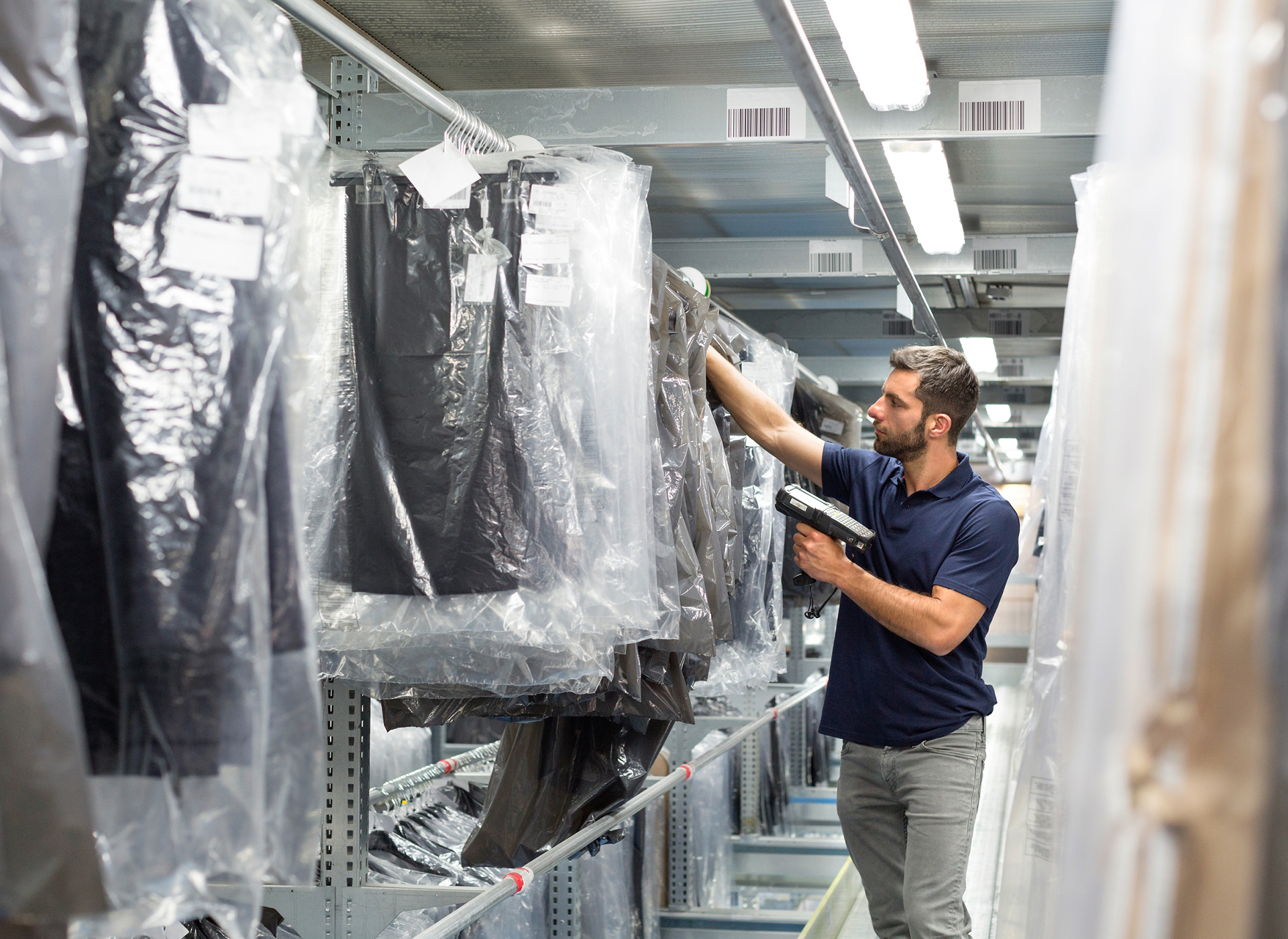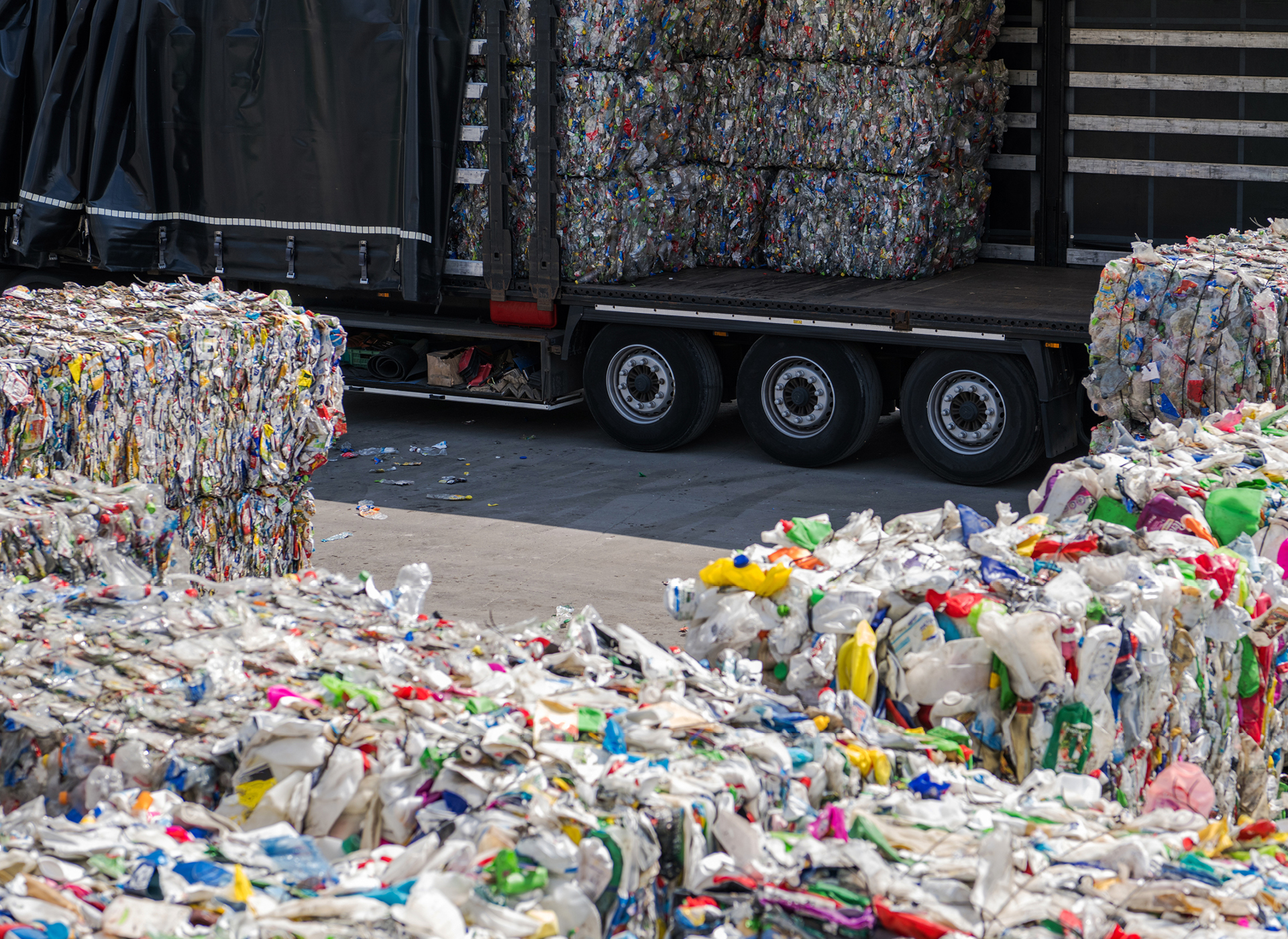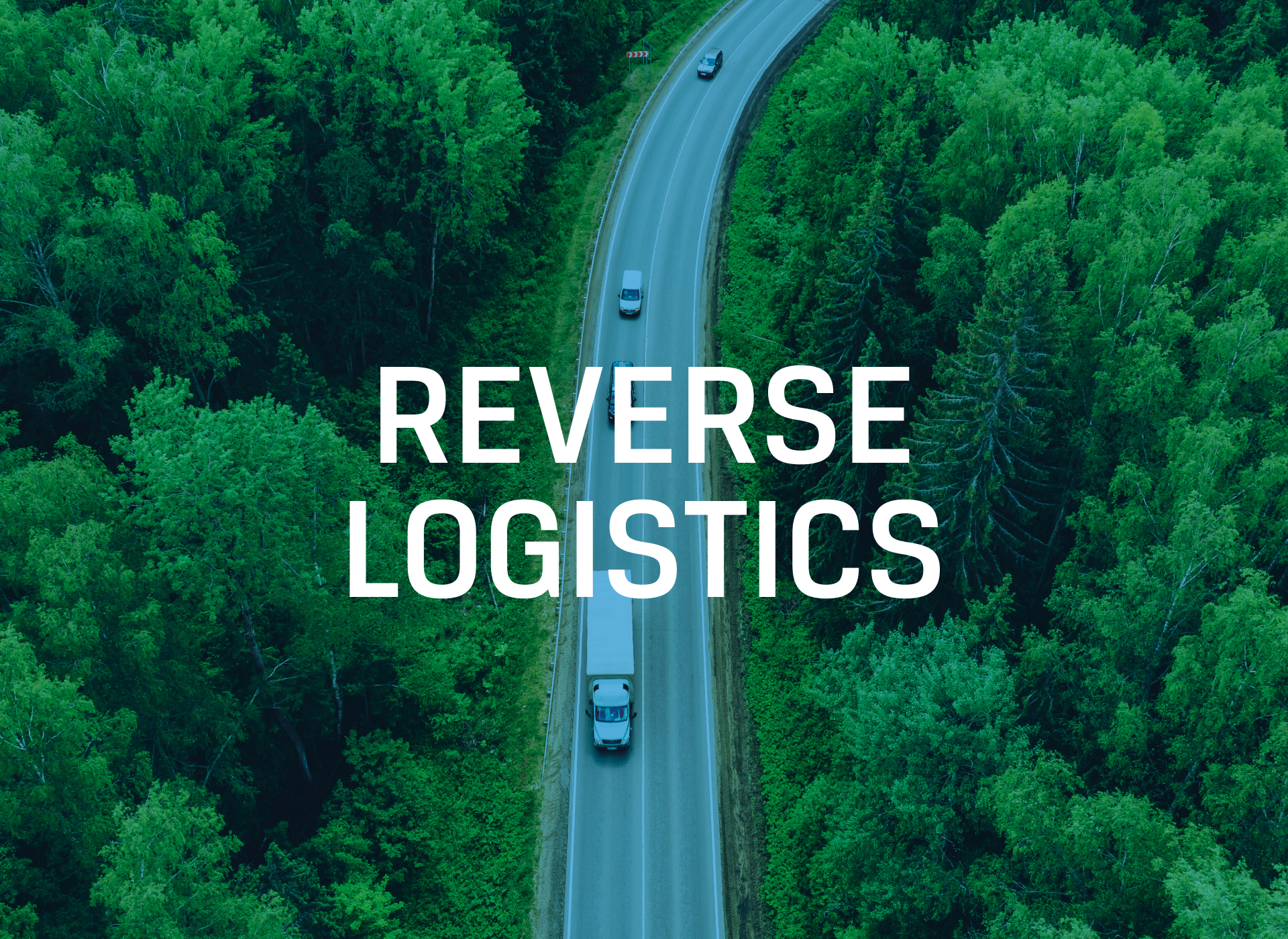At Transped, we continue to invest in sustainable logistics, and we are already part of a network of freight forwarders offering reverse logistics services. What is this new concept of reverse logistics and why is it essential in being part of a circular economy? Please read on.
What is reverse logistics?
Reverse logistics and the circular economy are closely related and essential in sustainable resource management. It is a specialized process that involves the movement of products from their final destination back to their origin or to a new destination in order to add new value through recycling, upcycling or repair. The concept encompasses all activities involved in the reverse flow of goods and materials from the point of consumption or to the point of origin, including transportation, storage, and reconditioning. Reverse logistics aims to optimize the value of returned products and minimize waste, while reducing the environmental impact on the supply chain.
How does reverse logistics work?
When a customer returns a product, the reverse logistics process begins. The returned product is inspected and evaluated to determine the reason for the return and its condition. This information is then used to determine the most appropriate course of action for the returned product.
If the returned product is in good condition, it can be repackaged and resold. Alternatively, the product may be returned to the original manufacturer or distributor for repair or refurbishment. If the returned product is no longer usable or repairable, it may be recycled or disposed of in an environmentally responsible manner.
Reverse logistics can also involve managing excess inventories. Excess inventories refer to products that are no longer needed or have become obsolete. Reverse logistics can help companies manage excess inventories by finding new uses for products or by disposing of them responsibly.

An example of reverse logistics is the Swedish multinational clothing retailer H&M’s “Garment Collecting” program which was implemented in 2013 in its stores worldwide. The program allows customers to return any unwanted clothing in exchange for a discount on their next purchase. With more than 57,000 tons of clothing collected since its launch, this initiative has been a great success for the company. In addition to contributing to the circular economy and reducing the waste of resources, the program has also improved H&M’s brand image and generated greater customer loyalty.
Another example of reverse logistics is Coca-Cola´s “Circular Packaging” program, which was implemented in 2018 in Spain, and aimed to reduce the amount of packaging waste and promote a circular economy. Consumers of Coca-Cola beverages could deposit cans and bottles at collection points located in participating stores and supermarkets. The containers were then collected and sent to Ecoembres recycling plants where they were classified and recycled to be used in the production of new containers.
Transped and Reverse logistics
Transped is part of a forwarding network focused on reverse logistics. This network is designed to help companies manage their returns and excess inventories and allows us to offer a variety of services to our customers such as product renewal, recycling and proper disposal. The platform also offers companies access to real-time data and analytics, which can help them make better decisions about their operations. In general, reverse logistics is a critical component of supply chain management that helps organizations manage their waste, reduce their environmental impact, and improve their bottom line.

